The Vanguard of Intelligence: Unveiling the Most Advanced AI Systems Shaping 2025 and Beyond
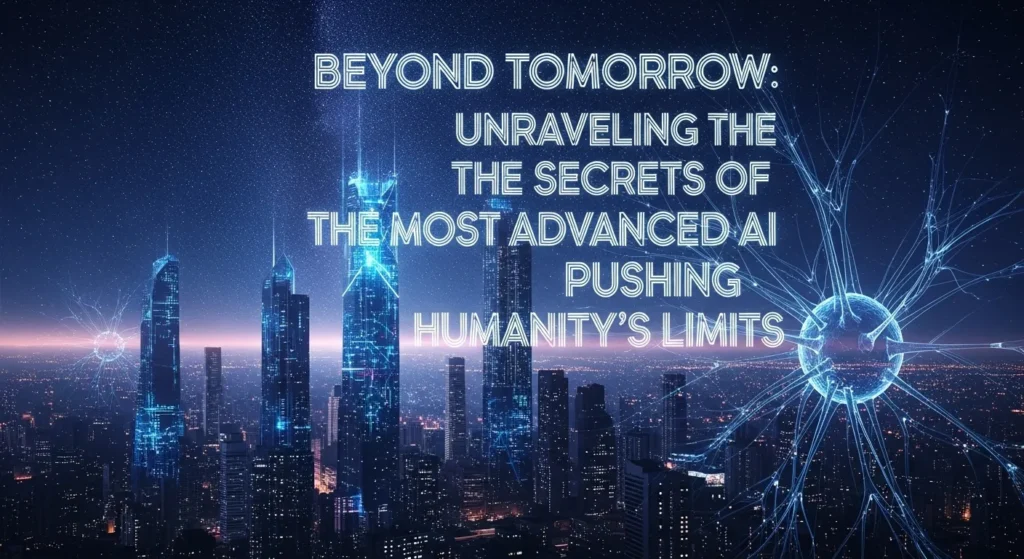
The landscape of Artificial Intelligence is evolving at an unprecedented pace, transforming from a futuristic concept into the very fabric of our daily lives. As we stand at the precipice of 2025, the ‘most advanced AI’ systems are no longer merely intelligent; they exhibit emergent reasoning, unparalleled creativity, and the power to tackle humanity’s most complex challenges. These cutting-edge systems are redefining what machines can achieve, from crafting breathtaking visuals and composing intricate music to accelerating scientific discovery and mastering the nuances of human language.
But what truly elevates these systems above the rest? What groundbreaking innovations define their ‘advanced’ status, and how are they poised to reshape our future by 2025 and beyond? This definitive guide delves deep into the vanguard of artificial intelligence, providing a meticulously curated analysis of the leading models, their core technological underpinnings, and the profound societal implications of the most advanced AI. Prepare to explore the technical sophistication and transformative power of the AI systems that are not just pushing boundaries, but actively creating tomorrow.
Defining True Advancement: The Hallmarks of the Most Advanced AI Systems
When we evaluate the most advanced AI systems, we look beyond sheer computational scale. True leadership is demonstrated by a confluence of sophisticated, often emergent, capabilities that set these systems apart:
- Generative & Creative Prowess: The ability to autonomously produce original, high-quality content—be it coherent, contextually rich text, photorealistic images, functional code, or expressive music and video—often indistinguishable from human output.
- Emergent Cognitive Abilities & Reasoning: Demonstrating genuine reasoning, complex problem-solving, continuous learning from minimal data, and nuanced contextual understanding far beyond simple pattern matching or rote memorization.
- Profound Adaptability & Generalization: Systems that can learn continuously, adapt rapidly to novel situations, and apply learned knowledge across diverse, previously unseen tasks or domains without explicit retraining, showcasing true transfer learning.
- Seamless Multimodality & Sensory Fusion: The capability to process, interpret, and integrate information from various data types simultaneously (text, images, audio, video, sensor data), leading to a richer, more holistic comprehension of the world and more robust interactions.
- Real-World Embodiment & Dexterity: For physical AI, the ability to perceive, navigate, and dexterously act within complex, unstructured physical environments, exhibiting advanced motor control and object manipulation.
- Ethical Alignment & Safety Protocols: Crucially, advanced AI strives for deep alignment with human values and principles, prioritizing beneficial and safe outcomes through sophisticated training techniques and robust oversight mechanisms, minimizing bias and harmful outputs.
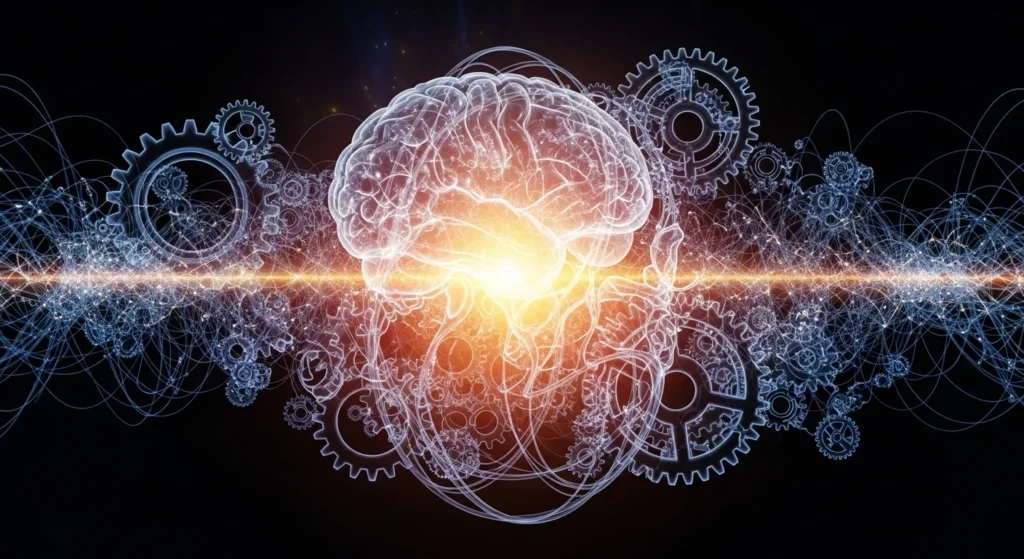
The Leading Edge: Key Most Advanced AI Models and Their Unrivaled Power
The current landscape of the most advanced AI is a testament to relentless innovation, with models that represent not just iterative improvements but revolutionary leaps. These systems, poised to dominate through 2025 and beyond, redefine what we thought machines could achieve:
1. Large Language Models (LLMs) – The Communicators & Reasoners: Leading the charge in natural language understanding and generation, models like GPT-4 (OpenAI), Gemini Ultra (Google DeepMind), and Claude 3 Opus (Anthropic) demonstrate astonishing capabilities as the most advanced AI in language understanding. With hundreds of billions to trillions of parameters, they excel at writing entire articles, generating complex code, summarizing dense documents, answering nuanced questions, and engaging in conversations that feel remarkably human-like. Their ability to infer intent, perform multi-step reasoning, and create contextually relevant, coherent text has revolutionized human-computer interaction and knowledge work.
2. Generative Multimodal AI – The Architects of New Realities: Beyond text, generative AI has exploded into the visual, auditory, and video realms. Tools like DALL-E 3 and Midjourney V6/V7 can conjure incredibly detailed and artistic images from simple text prompts, pushing the boundaries of creativity. OpenAI’s Sora is pioneering realistic, minute-long video generation with complex scene details and character motion, representing a monumental leap in synthetic media creation. These models are not merely editing; they are creating entirely new realities, positioning them among the most advanced AI in creative generation, transforming industries from entertainment and marketing to product design and virtual environments. The fusion of visual and linguistic understanding in these models unlocks unprecedented creative potential.
3. Robotics and Embodied AI – The Autonomous Agents: Companies like Boston Dynamics, with their agile humanoid and quadruped robots (e.g., Atlas, Spot), are showcasing AI’s ability to navigate and interact with the physical world with unprecedented dexterity and autonomy, representing some of the most advanced AI systems in robotics. Newer projects, often leveraging foundation models trained on diverse real-world data, are enabling robots to perform complex tasks in unstructured environments. These advancements, driven by advanced reinforcement learning and sophisticated perception systems, are critical for applications in manufacturing, logistics, exploration, and assistive technologies, promising a future where robots seamlessly integrate into human environments and collaborate on complex physical tasks.
4. Specialized AI for Scientific Discovery – The Accelerators of Breakthroughs: AI is proving to be an indispensable partner in scientific research, significantly accelerating breakthroughs across disciplines. DeepMind’s AlphaFold 3 (the latest iteration) has revolutionized biology by accurately predicting not just protein structures, but also interactions with DNA, RNA, and small molecules, accelerating drug discovery and disease understanding with near-experimental accuracy. Other AIs are being deployed to analyze vast astronomical data, design novel materials (e.g., optimizing battery compounds or catalysts), simulate complex physical phenomena, and even propose new hypotheses, leading to discoveries far faster than traditional human-led methods. This domain highlights AI’s capacity for complex scientific reasoning and prediction, demonstrating the power of the most advanced AI.
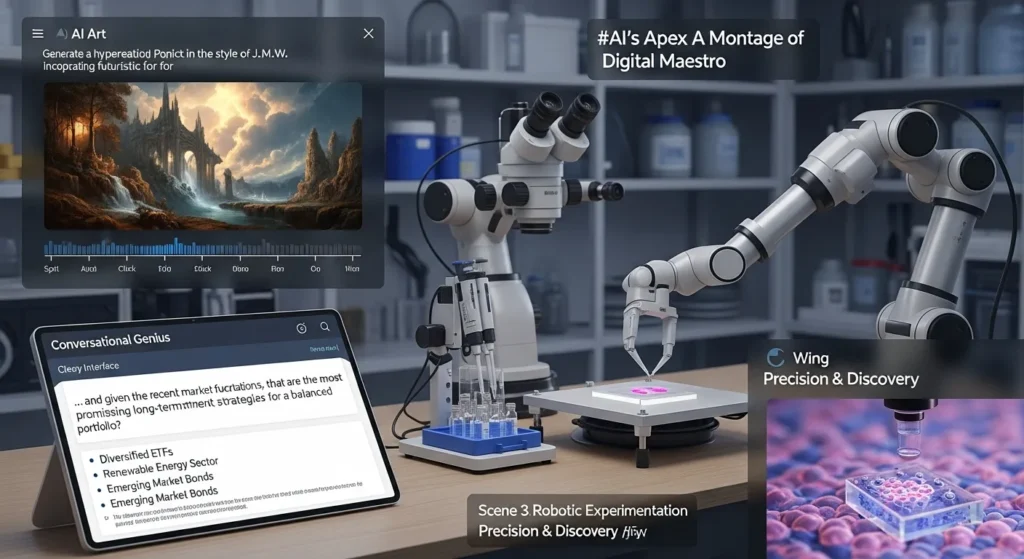
Behind the Breakthroughs: The Core Technologies Fueling the Most Advanced AI’s Leap
The phenomenal progress in AI is not serendipitous; it’s the culmination of continuous innovation in foundational technologies and architectural paradigms that allow for unprecedented scale and capability, enabling the most advanced AI:
- The Transformer Architecture: Introduced in 2017, this neural network architecture remains the undisputed backbone of most advanced LLMs and multimodal models. Its core innovation, the self-attention mechanism, allows AI models to process entire sequences of data (like sentences or image patches) simultaneously, understanding long-range dependencies and context far more effectively than previous recurrent networks. This parallel processing capability is fundamental to scaling models to billions and even trillions of parameters, forming the backbone of the most advanced AI systems.
- Massive Datasets and Exponential Computing Power: The sheer volume and diversity of data available—trillions of text tokens, billions of images, vast video archives—coupled with exponential increases in computational power, particularly specialized GPUs and TPUs, has been paramount. Modern AIs are trained on petabytes of diverse data, allowing them to learn incredibly complex patterns, nuanced world knowledge, and generalizable skills at an unparalleled scale.
- Reinforcement Learning from Human Feedback (RLHF) and AI Alignment: A critical suite of techniques that significantly aligns AI outputs with human preferences, values, and ethical guidelines. Humans rank AI-generated responses based on helpfulness, harmlessness, and honesty, and this feedback is used to refine the AI’s behavior, making it more compliant, useful, and less prone to generating undesirable content. RLHF is a cornerstone of AI safety and alignment research, continuously evolving to improve AI trustworthiness.
- Multimodal Learning and Fusion: The sophisticated ability for Multimodal AI models to learn from and integrate different types of data (text, images, audio, video) in a unified, coherent way. This allows for richer understanding, more robust reasoning, and sophisticated applications, such as an AI that can describe a complex visual scene, generate text from a spoken command, or even infer intent across sensory inputs, leading to more comprehensive AI experiences.
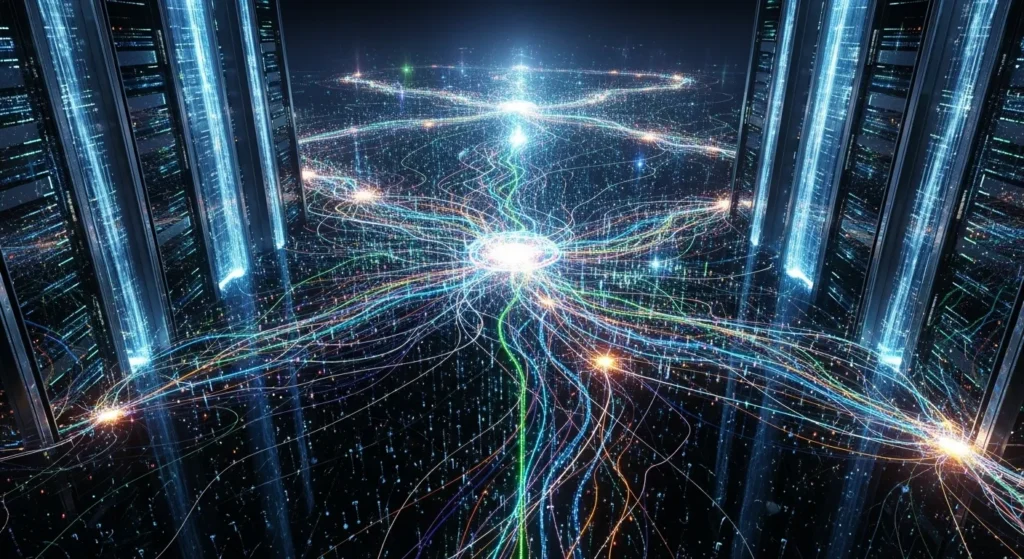
A Human Perspective: My Journey into AI’s Creative Frontier
I vividly recall a moment when the ‘advancement’ of AI truly hit home, extending beyond academic papers to a tangible, personal experience. I was deep into a challenging creative project, tasked with visualizing a futuristic concept for an urban garden. After hours of wrestling with traditional design tools and feeling the grip of creative block, I turned to a cutting-edge generative AI image model, skeptical yet intrigued.
I meticulously typed a prompt, describing the desired aesthetic, lighting, and mood I envisioned, including elements I wasn’t even sure could be rendered. Within moments, the AI presented a series of images. These weren’t just approximations; they were breathtaking interpretations that not only captured my initial vision but elevated it, adding intricate details and atmospheric nuances I hadn’t consciously conceived. One image, in particular, depicted a serene, biodiverse cityscape that perfectly encapsulated the harmonious blend of nature and technology I was striving for, providing a critical breakthrough in my design process.
It wasn’t merely about generating a pretty picture; it was the interpretive leap the AI made from my abstract input to a concrete, evocative visual. This experience crystallized for me that the most advanced AI isn’t just a tool for automation; it’s a powerful catalyst for augmenting human ingenuity, pushing us to rethink the very nature of creativity and problem-solving. It highlighted that the true measure of advanced AI often lies in its ability to empower humans to see further, faster, and more imaginatively, transforming creative workflows and unlocking new potentials.
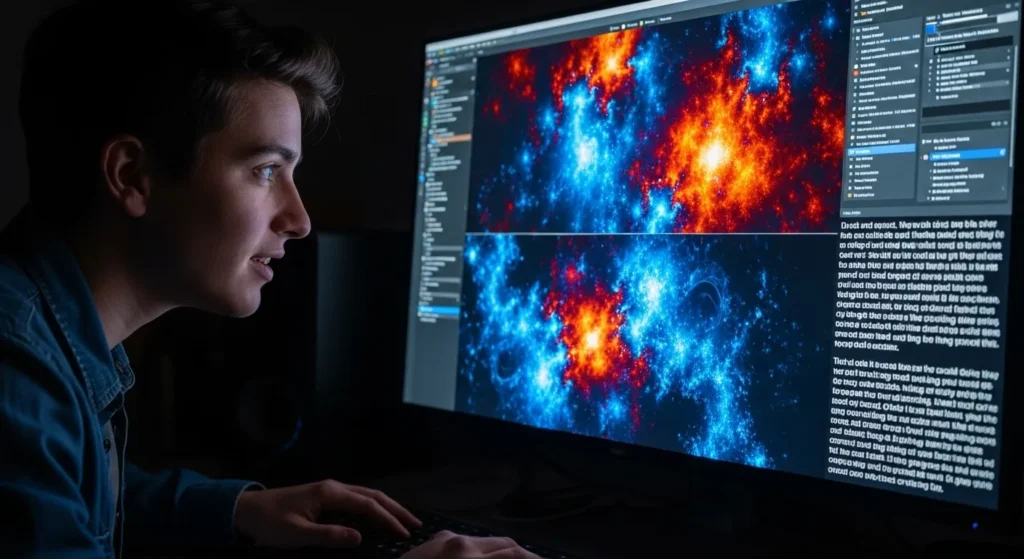
Beyond the Horizon: Ethical Imperatives, AGI, and Society’s Future in 2025
As the most advanced AI becomes increasingly sophisticated, so do the profound discussions surrounding its ethical implications and societal impact. By 2025, issues such as algorithmic bias (e.g., in hiring or lending), the proliferation of misinformation and deepfakes, large-scale job evolution, and the urgent need for robust AI safety and alignment with human values are not theoretical concerns but immediate challenges. Governments (e.g., the EU’s AI Act), researchers, and tech companies globally are grappling with how to ensure the responsible development and deployment of these powerful tools, with new regulations and ethical frameworks constantly emerging to mitigate risks like misuse and unintended consequences.
The ultimate ambition for many in the field remains Artificial General Intelligence (AGI)—an AI capable of understanding, learning, and applying intelligence across a wide range of tasks at a human-like level. Beyond that lies Artificial Superintelligence (ASI). While AGI and ASI remain theoretical, with intense debate regarding timelines (some speculate within the next decade), the rapid, exponential progress of current advanced AI models suggests that these concepts are becoming less distant. This necessitates proactive planning, robust ethical safeguards, and global collaboration to guide their development and integration into society responsibly. This journey demands not just technological prowess, but profound wisdom and a collective commitment to human-centric AI development.
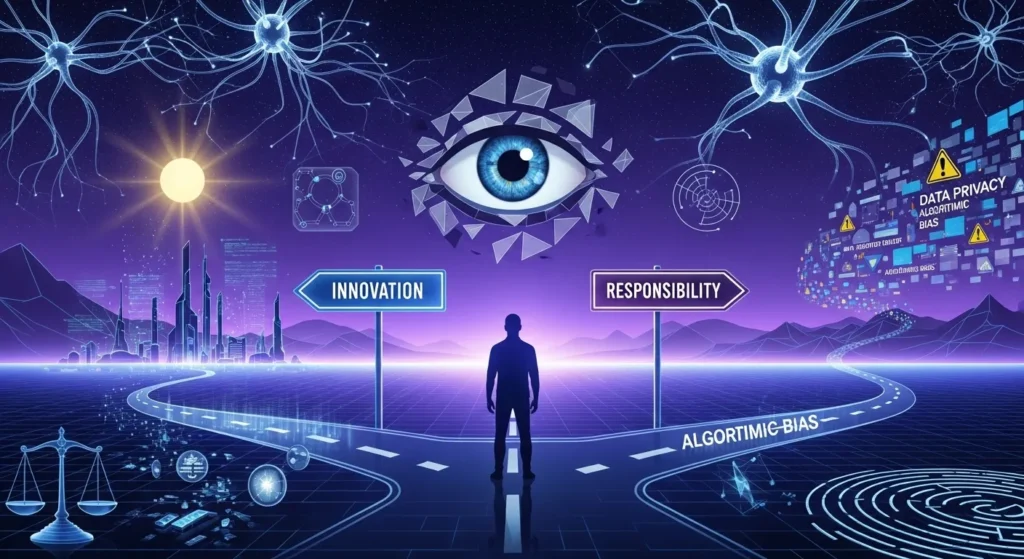
Conclusion
Our journey into the realm of the ‘most advanced AI’ reveals a landscape of continuous, breathtaking innovation, where machines are not just performing tasks but profoundly augmenting human capabilities. From groundbreaking Large Language Models like GPT-4 and Gemini Ultra, to awe-inspiring Generative AI for images and video, and accelerated scientific discovery with AlphaFold 3, the current state of artificial intelligence is nothing short of revolutionary, offering a tantalizing glimpse into a future once thought impossible.
As we stand firmly on the cusp of 2025 and beyond, understanding these technologies is not merely academic—it’s crucial for every individual and society at large. The future of AI promises tools that can help solve humanity’s greatest challenges, from climate change to disease, but it also demands thoughtful consideration of ethics, safety, and societal impact. The most advanced AI of tomorrow will ultimately be defined not just by its computational power or emergent intelligence, but by how wisely and responsibly we collectively choose to integrate it into our world, ensuring it serves humanity’s highest aspirations and fosters a truly intelligent, equitable future.
